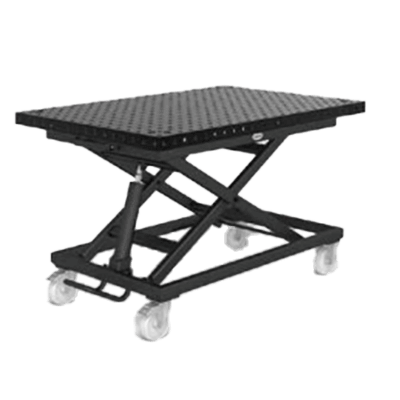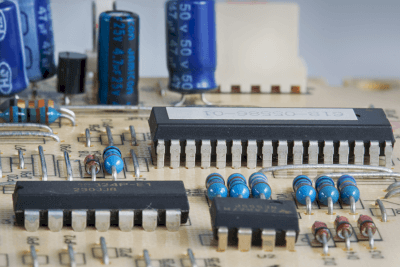What Is a Spring Clamp?
A Spring Clamp is a type of clamp that uses a spring force, like a clothespin, to hold materials in place. They are also called hand clamps or spring clamps.
A clamp, also called a fastener, is a tool used to secure a material to a workbench.
Spring Clamps use the force of a spring, so the clamping force is not as strong as that of general clamps that use screws to secure materials. Another advantage of spring clamps is that they are less likely to cause slight misalignment of the material to be fixed due to tightening of screws.
Uses of Spring Clamps
Spring Clamps are widely used for general DIY and professional assembly and fabrication work, and are ideal mainly for temporary fixing, fastening, and gluing of thin wood or sheets, as they are less forceful than screw-tightening types such as C- or F-shaped clamps.
Even when working alone, they can be attached with one hand. It is also convenient to have several in an assortment in case one is not strong enough or when you want to fix from multiple directions.
Principle of Spring Clamps
The structure is similar to that of a clothespin, and simply clamping the material is as easy as pinching it. Hold the grip to open the clamp and clamp the material. When the grip is released, the spring force holds the material in place. Large spring clamps require a strong grip to hold, but if the clamp has a lock function, it can be easily gripped by simply releasing it.
To release the spring clamp, grasp and apply force to the grip in the same manner as when clamping it, and then remove it from the material. Or, use the lock release lever to remove it. Those with a movable mouthpiece that clamps the material can be kept horizontal while clamping the material.
Types of Spring Clamps
1. Clamp/Spring Type
The normal spring clamp/spring type has a structure similar to that of a clothespin. The force of the spring trying to return to its original shape is used to tighten the mouthpiece.
2. Ratchet Type
A ratchet mechanism is a mechanism that uses a gear and tooth rest structure to rotate in only one direction. This mechanism is used in spring clamps and is called the ratchet type. In other words, the handle can move in the closing direction but not in the opening direction.
3. Telescopic Arm Handy Type
The arm can be extended and retracted to hold even wide objects.
How to Select a Spring Clamp
1. Maximum Opening Size
Spring Clamps are available in a variety of sizes, from 15 mm to 100 mm in maximum opening size. If the use is to clamp veneer boards or other materials, it is recommended to prepare several wpring dlamps of about 15 mm in size according to the size of the veneer board.
If thicker wood is to be clamped, the size of the spring clamp should be selected according to its thickness.
Larger size spring clamps may require considerable force to open the mouth, while those with a locking lever on the grip part can be gripped with relative ease.
2. Shape
Spring Clamps are available in a variety of shapes, from small ones similar to clothespins, to medium-sized ones with a total length of 100mm to 200mm, to ones with an extendable and retractable arm that allows the opening dimension to be adjusted, depending on the type of work.
3. Material
Spring Clamps are available in metal or plastic. Metal clamps are stronger and can be firmly fixed. Resin ones are not suitable for high-temperature objects because of their low heat resistance. The small size clamps in the shape of a clothespin have a resin coating on the tip to prevent damage to the material.
4. Tightening Pressure
Spring Clamps are mainly used for temporary fastening of thin materials because of their relatively low clamping force and small opening size. They are not suitable for handling thick materials or for sawing work with materials in place.



